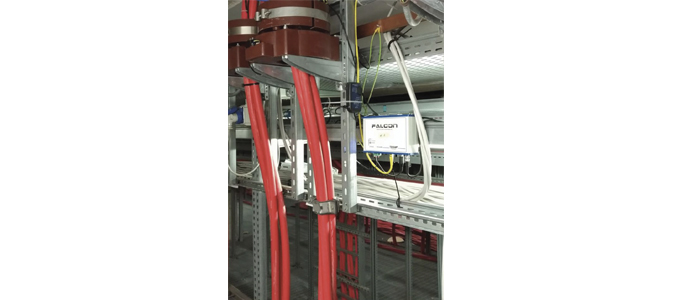- +61 7 3374 2877
- Email Us
During the life of an electrical system, it is extremely important to monitor its overall health condition, in order to predict failures. It’s an immediate understanding that spot measurements represent an effective diagnostic tool that provides a picture of the system status, but a single spot measurement cannot provide indication about what could happen after the test. Trending over time is the key for an effective condition base maintenance.
Condition monitoring systems for medium voltage assets provide round-the-clock information on the health of the monitored equipment. As we know, the demand for energy in urban areas is very high and constantly increasing. In addition, urban areas tend to get bigger and bigger, just think of how many industries, homes, hospitals and transport exist in limited areas. It is therefore essential to have an extremely reliable electricity distribution network.
We are all aware of how dependent we are on the supply of electricity and when we happen to be without power for an hour, we are all aware of the disturbance it causes us.
According to statistics, the most critical period when the number of sudden failures increases significantly, is summer. This is because high temperatures lead houses to consume more, as air conditioning systems lead to an increase in the energy load in the cables and this leads to thermal stress of joints and terminations.
Moreover, the ambient temperature is warmer and therefore, if there are defects inside the insulating material, these are stressed more, determining an increase in the probability of failure.

Causes of failure can be classified in:
1: Thermal breakdown: which could be caused by the weak tightening of a bolt that holds the terminal of a cable or busbar, or high load current
2: Loss of insulation: caused by age or by defects in the insulating material
3: Air dielectric breakdown: where humid environment favors the onset of corona effects, which can possibly lead to real discharges between the high voltage terminal and the ground terminal.
One way to implement condition monitoring on MV assets is implementing a FALCON monitoring system. FALCON represents a cost-effective solution for the continuous monitoring of partial discharges in Medium Voltage assets such as, Switchgear, Cables, Transformers, and Motors.
Falcon unit is available with a single channel configuration or for large scale project with a 4-40 channels hardware.
FALCON can identify the deterioration of insulation and the possible degradation of the health of the electrical system, before a failure. It functions by acquiring and processing high frequency partial discharge signals, locally detected by the sensors to which it is connected, whether inductive (HFCT) or capacitive (TEV).